I’m convinced that most moisture issues with skylights are condensation issues that are misdiagnosed as leaks. To start with, skylights are notorious for leaks among roofers. I’ve heard roofers say “There are two types of skylights: those that leak, and those that are going to leak.” I think they’re usually referring to the old bubble-type skylights like the one pictured below. How could that thing possibly not leak?
I don’t feel the same way about other modern skylights, however. In all of my years of inspecting, I’ve only found a few skylights that leaked, and they were inferior products that were poorly installed, such as the one pictured above.
On the other hand, I’ve found hundreds of skylights with condensation problems. These show up as black stains on the roof sheathing in the attic, and as stained drywall on the finished side of the skylight shaft.
I’ve even found skylight shafts that were completely void of insulation:
These are not skylight issues; these are skylight insulation issues. This is a detail that is almost never done in a manner that will perform well, despite the fact that proper insulation methods have been known for a long time.
Fiberglass should be encapsulated
When fiberglass batts are used to insulate around a skylight shaft, the insulation should be in contact with a surface on all six sides. This is where it goes wrong. In most cases, the fiberglass batts are open to the attic side, which allows for air movement and excessive energy loss. This is what causes condensation on the house side of the skylight shaft.
For a nice diagram showing how to properly insulate a skylight shaft the old-school way, check out this diagram from the U.S. Department of Energy:
The often-missed detail in that diagram is the sheathing on the attic side of the skylight shaft. The best material to use as sheathing is rigid foam insulation. Not only is it light and easy to work with, but it will help to increase the insulation value of the shaft.
The U.S. Department of Energy has several more illustrations and photos on their website, all discussing the importance of proper insulation around skylight shafts. The image below gives a nice example of what a properly insulated skylight shaft looks like:
I’ve probably seen a handful of skylight shafts that looked like that, but no more. This is a rare bird. Here’s an attempt that comes close, but there was no air sealing performed.
As I said, however, this is the old-school way of doing things.
New-school method: spray foam
The new way to insulate skylight shafts is to simply spray-foam the whole thing. This is far less labor-intensive, and there’s a lot less that can go wrong. The photos below are courtesy of the fine folks at Atticus Insulation (greatest name ever).
A poorly insulated skylight shaft means an increased potential for condensation problems. Additionally, this increases the potential for ice dams because of the excessive heat loss that occurs around the skylight shaft. To have this detail corrected, the best option is to work with a good insulation contractor to have the whole thing spray-foamed.

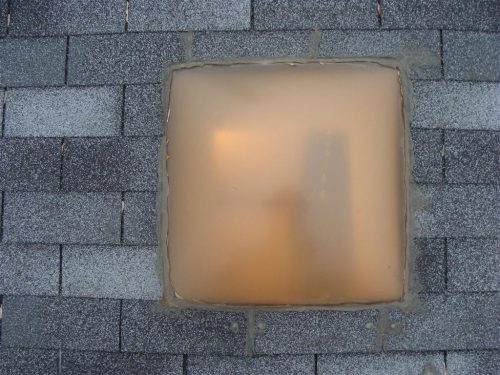
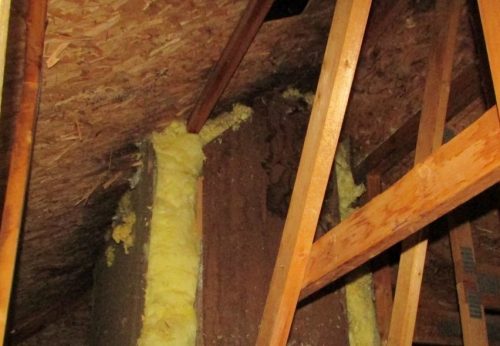
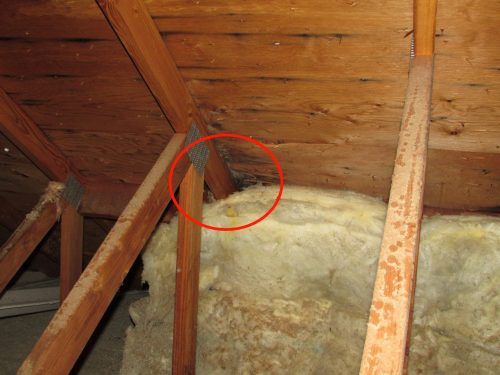
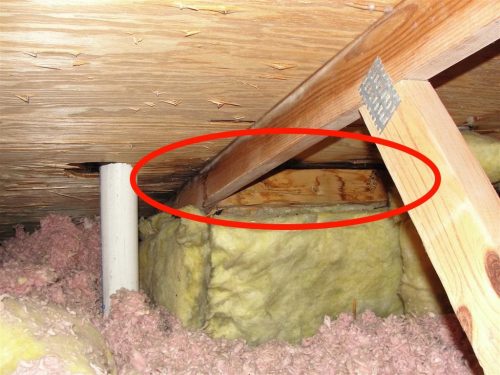
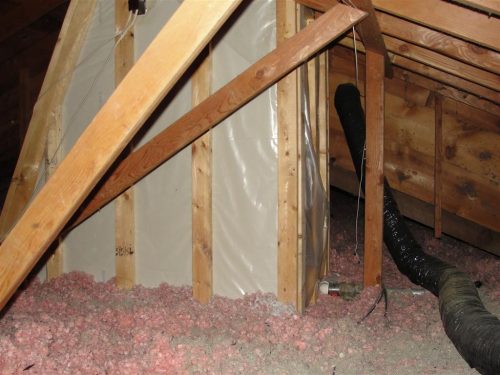
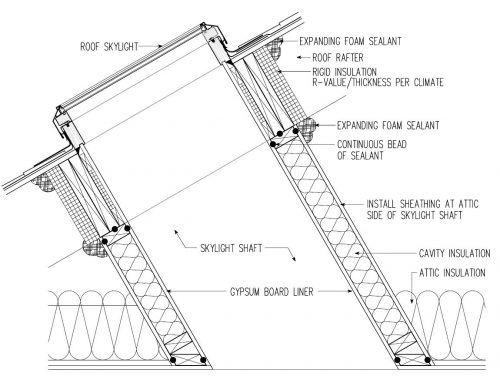
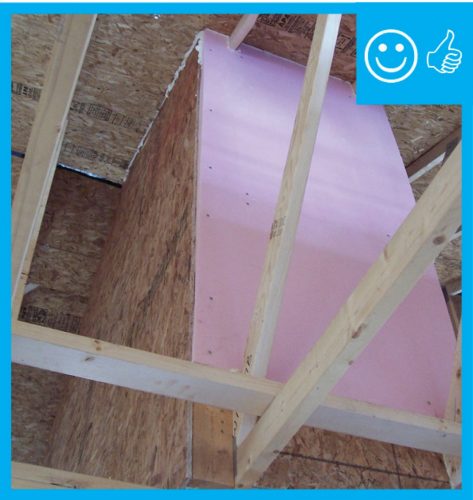
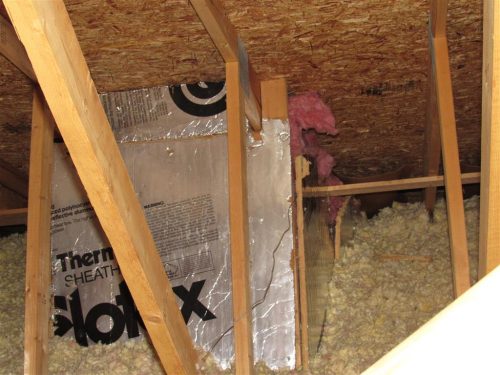
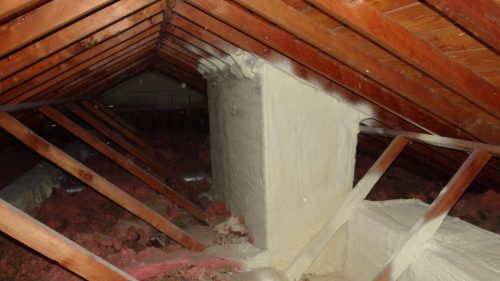
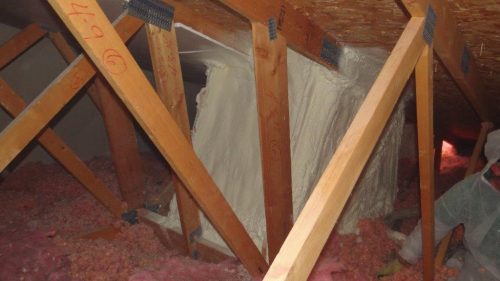
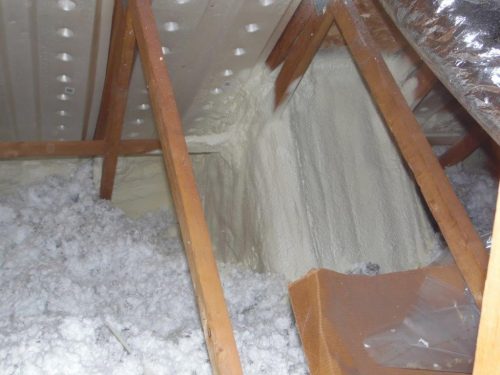
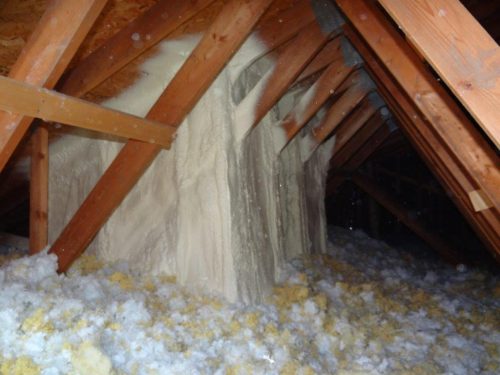
Charles Buell+
October 10, 2017, 7:38 am
I so agree Reuben, I think actual leaks are pretty rare—and as you say, condensation is and air bypass are not rare.
Nathan Campbell
October 10, 2017, 8:06 pm
Great article, I’ve tried and tried again to get some of my friends and customers to stay ahead of their leaks and problems.
As for the type of spray foam you would be using, is there a specific brand you would recommend for a good old DIY’er?
Ron Bolender
October 11, 2017, 5:47 am
I absolutely agree. My former contracting company installed and retrofitted many skylights the correct way. When air sealed and thermally protected, correctly there is no condensation. Many perceived water leaks are nothing short of poor installation. Today’s skylight products are pretty fail proof in terms of leaking.
Mark Parlee
October 15, 2017, 11:14 am
Agreed. A bathroom skylight has this problem exacerbated so it is best to install the exhaust ventilation fan intake near the top of the skylight shaft. We have solved a lot of condensation issues with this detail
Marc Schrader
October 15, 2017, 8:44 pm
Yep, Reuben nails it on the head….again …I see this problem way too often…
Les Vance
February 8, 2024, 2:44 pm
I have 3 skylights that are installed in a SIP (structural engineered panel) ceiling. I do not have any attic space.
I do believe that my leaks are also caused by condensation I would like advice on how to prevent the moisture from condensing aside from
getting a dehumidifier which I’m not sure would work
Reuben Saltzman
February 8, 2024, 2:47 pm
Hi Les,
I’m sorry, but I’m not qualified to give troubleshooting advice on SIPs houses. I very little experience with those. The only advice I’d give is what you aready know; reduce your humidity levels.